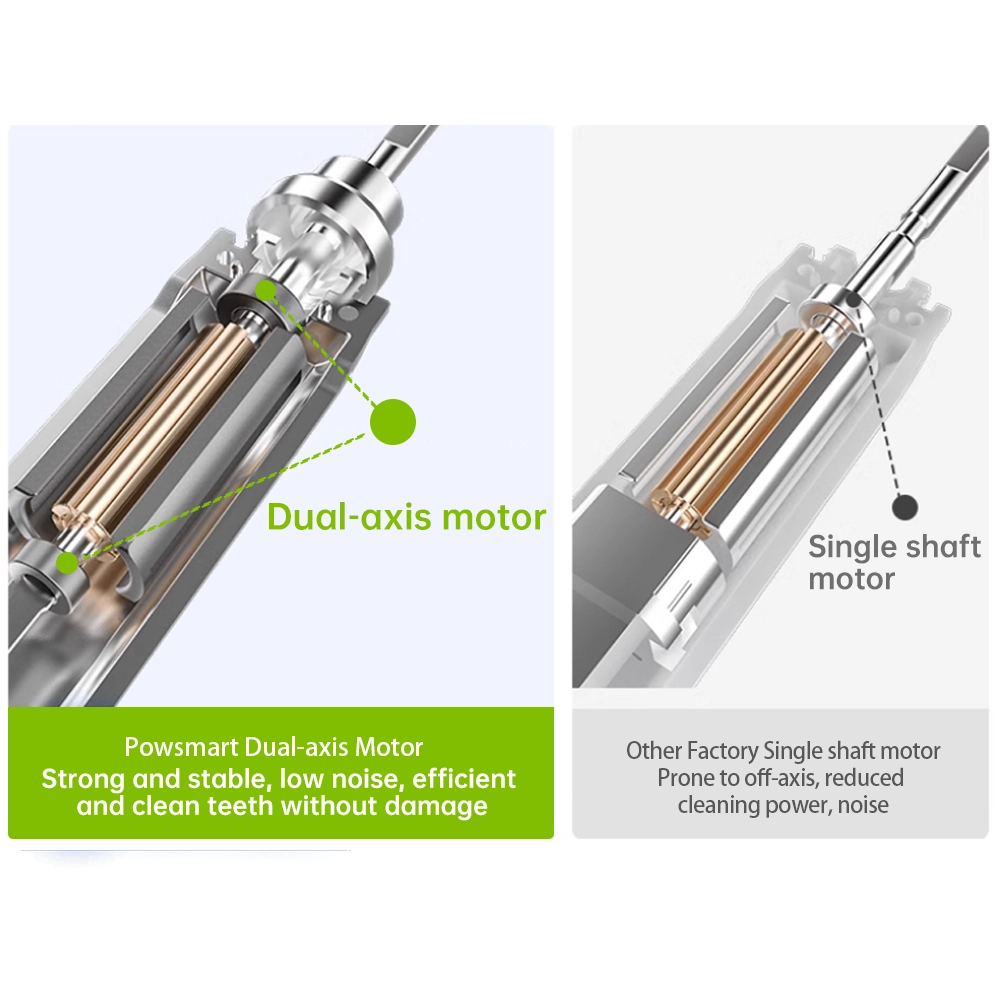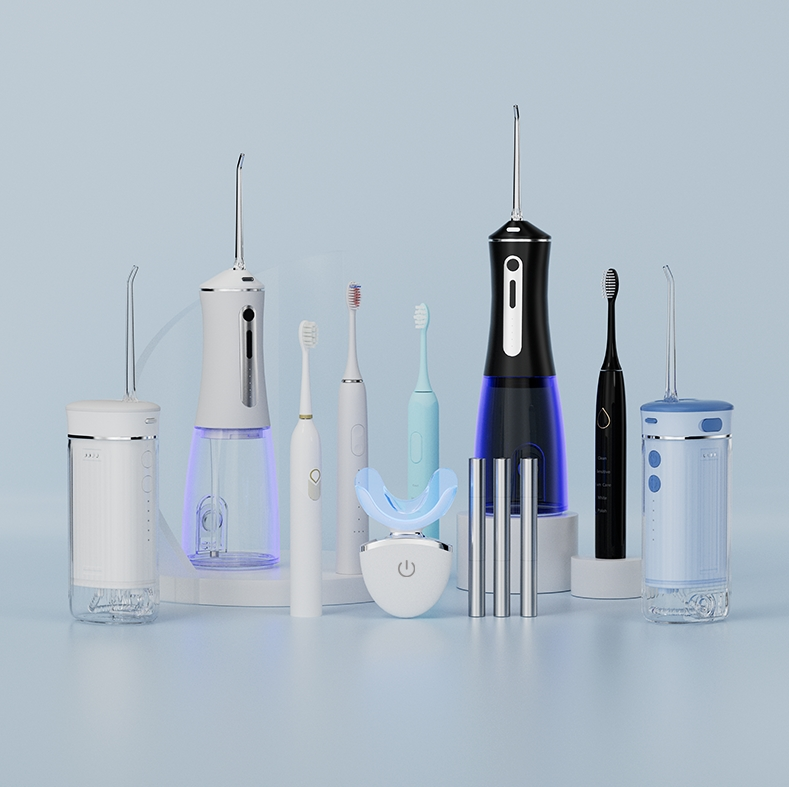Seeing blood when you brush can be alarming, but understanding the causes and solutions for bleeding gum can help you take control of your oral health. Whether you’re a dental professional advising patients or an individual seeking solutions, this guide covers everything you need to know about this common issue.
1. Why Do Gums Bleed? The Root Causes
Bleeding gums are often the first sign of gum disease (gingivitis or periodontitis), but other factors include:
- Plaque buildup along the gumline
- Overly aggressive brushing techniques
- Using a toothbrush with hard bristles
- Hormonal changes (pregnancy, menstruation)
- Vitamin deficiencies (especially Vitamin C)
2. Immediate Steps to Stop Gum Bleeding
When you notice bleeding:
- Use a gauze: Apply gentle pressure with moistened gauze to the affected area for 1-2 minutes
- Apply ice: Wrap an ice cube in cloth and hold it against swollen gums to reduce inflammation
- Rinse with salt water (1/2 tsp salt in warm water) to disinfect and soothe

3. Upgrade Your Brushing Tools and Technique https://www.powsmart.com/
Your toothbrush choice makes a big difference:
- Select the correct toothbrush: Soft or extra-soft bristles are gentler on sensitive gums
- Consider an electric toothbrush with pressure sensor to prevent over-brushing
- Use gentle, circular motions instead of harsh scrubbing
Angle bristles at 45 degrees toward the gumline
4. The Professional Treatment Approach
For persistent bleeding:
- Schedule a dental cleaning to remove tartar buildup
- Ask about deep cleaning (scaling and root planing) if needed
- Discuss antimicrobial treatments for gum disease
- Get evaluated for underlying health conditions
5. Prevention: Your Daily Defense Against Bleeding Gums
Build these habits to keep gums healthy:
- Brush twice daily with proper technique
- Floss gently but thoroughly every day
- Use antibacterial mouthwash
- Replace toothbrush (or electric toothbrush head) every 3 months
- Stay hydrated to maintain saliva production
6. When to Seek Immediate Dental Care
Consult a dentist promptly if:
- Bleeding persists for more than 1-2 weeks
- Gums are severely swollen or painful
- You notice gum recession
- Bleeding occurs spontaneously without provocation
- You have other symptoms like loose teeth or persistent bad breath
Final Thoughts
While occasional mild gum bleeding can occur, consistent bleeding often indicates gum disease that needs attention. By combining proper home care (including the right tools like an electric toothbrush), professional treatment when needed, and simple first aid (use a gauze or apply ice for immediate relief), you can maintain healthy gums and prevent more serious complications.
For dental professionals looking for effective tools to recommend to patients dealing with gum sensitivity, our range of gum-care products includes specially designed toothbrushes and therapeutic solutions to promote gum health. https://www.powsmart.com/



